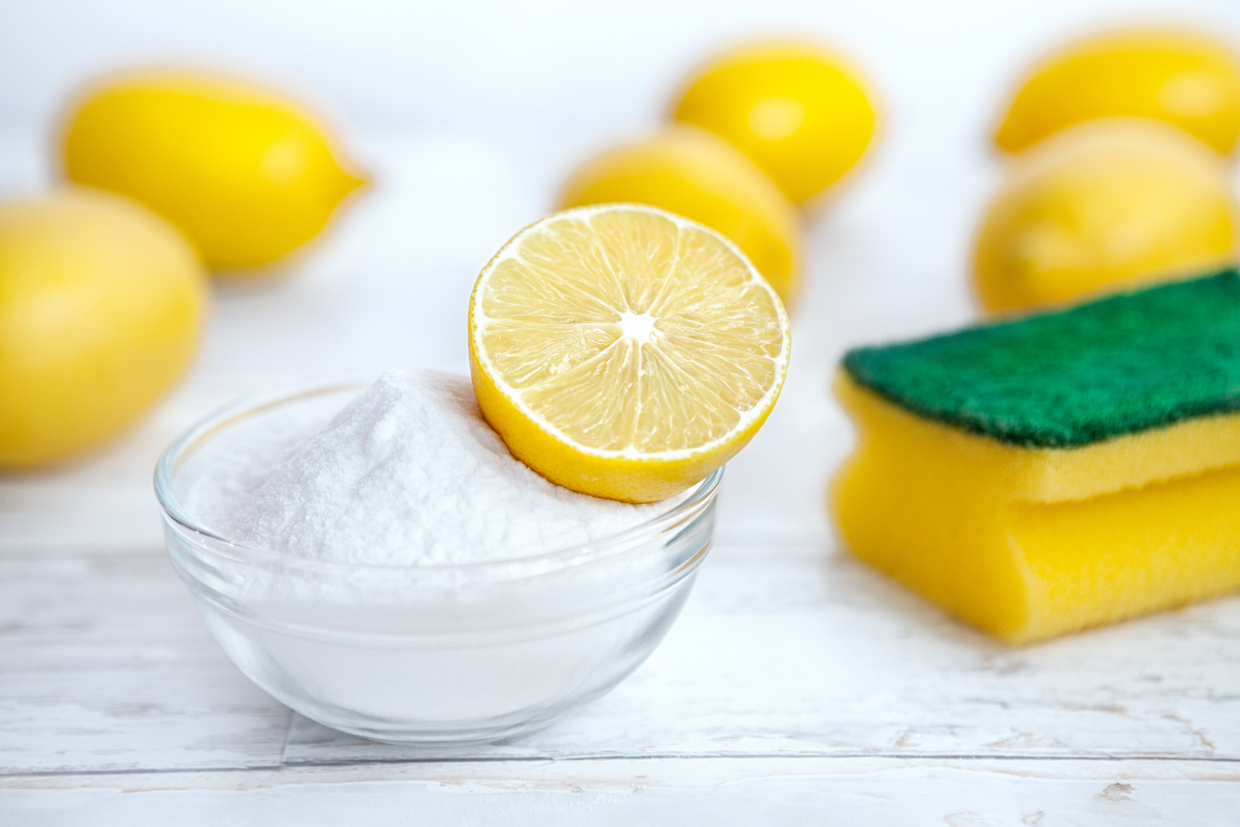Top Allergens in Austin, Texas
Austin, Texas is known for its beautiful weather and its … allergens? If you’re new to the area and haven’t heard the term ‘cedar fever,’ you are in for a wild ride! So, let’s get right to it – what are the most top allergens in Austin, Texas each season?
Spring
Spring, hot on the heels of winter’s famous cedar fever, has its own unique allergens.
- Tree pollen – While there are many types of tree pollen in Austin in the spring, including elm, ash, and pecan pollen, one of the top allergens in Austin, Texas is oak pollen. The oak pollen coats everything in a fine yellow powder, from buildings to cars.
- Cottonwood seeds – Many people mistake the fluffy ‘cotton’ from cottonwood trees as pollen, when it’s actually cottonwood seeds! Be sure to check your air conditioning intake and change your filters regularly as these pesky seeds can clog up vents.
- Smoke – Smoke from central America as well as the occasional forest fire can cause eye irritation in the spring in Austin.
- Dust – Although Africa is a long way away from Austin, the occasional dust storm makes its way to Texas. Be sure to check your local news station in the spring, especially if you have breathing issues, such as asthma.
Summer
As if the Texas heat wasn’t enough, you also have to deal with summer allergens in Austin.
- Grass – Because most people mow their lawns in the summer at least weekly in Austin, often with little rain, grass is one of the top allergens in Austin.
- Mold – If there is rain, you may get a break from your grass allergy – but then get ready for the mold counts to explode. Mold is one of the most common allergens in the summertime in Austin, and the news will often give reports on the mold count in the air
Fall
Even though fall temperatures in Austin, Texas are usually upwards of 80 degrees fahrenheit, that won’t stop us from wearing scarves and jackets while we get our pumpkin spice lattes! While fall weather may be mild, that means that there is no break from allergens in the air.
- Ragweed – Ragweed is the most common allergens in the fall in Austin, releasing its pollen at night so early risers may feel particularly impacted.
- Pollen – If the weather remains mild in the fall, the same types of pollen from spring will be released again.
Winter
Winter is the holiday season, which in Austin, Texas means it’s also the season for the dreaded ‘cedar fever.’
- Cedar – The cedar trees in Austin love to celebrate the holiday season with firework-like displays where you can watch clouds of the dreaded cedar pollen explode from the trees on particularly nice days. If you are new to Austin, you are even more likely to experience ‘cedar fever,’ which causes flu-like symptoms such as severe headaches, body aches, fatigue and congestion.
Whether you’re new to Austin, Texas, or a born and raised local, being aware of the top allergens in Austin, Texas for each season will allow you to prepare yourself when you go outdoors.
Get ahead of allergies! Schedule a deep clean (or regular cleaning) with your Austin cleaning company to reduce the amount of allergens in your environment.






